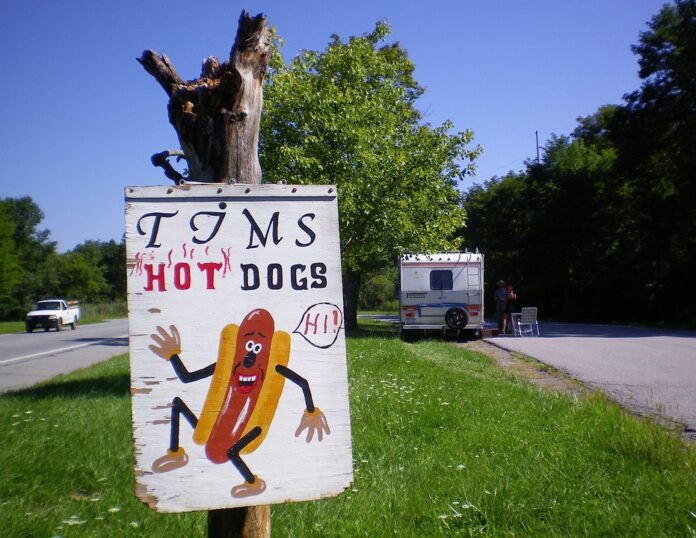Addressing Labor Challenges in Food Trucks: Solutions and Strategies
Running a food truck business can be a rewarding venture, offering the flexibility of location and the ability to bring delicious food directly to customers. However, one of the biggest challenges that food truck owners face is managing labor effectively. From hiring and retaining skilled employees to ensuring smooth operations during peak hours, labor management can make or break a food truck business. In this report, we will explore some solutions and strategies to address labor challenges in food trucks.
Current Labor Landscape in the Food Truck Industry
The food truck industry has seen significant growth in recent years, with more entrepreneurs entering the market to capitalize on the demand for mobile food options. According to IBISWorld, the food truck industry in the United States generated $1 billion in revenue in 2020, with an annual growth rate of 6.8% from 2015 to 2020. With this growth comes the need for skilled labor to operate and manage food trucks efficiently.
However, finding and retaining qualified employees in the food truck industry can be a challenge. Many food truck owners struggle with high turnover rates, lack of skilled workers, and limited resources for training and development. In a survey conducted by the National Restaurant Association, 65% of food truck owners cited labor as their top challenge.
Strategies for Addressing Labor Challenges
1. **Streamline Operations:** One of the key strategies for addressing labor challenges in food trucks is to streamline operations. By optimizing workflows, implementing efficient processes, and utilizing technology such as POS systems and mobile ordering apps, food truck owners can reduce the need for excessive labor and improve overall efficiency.
2. **Cross-Training Employees:** Cross-training employees in various roles can help mitigate labor shortages and increase flexibility in staffing. By training employees to perform multiple tasks, food truck owners can ensure smooth operations even with a smaller workforce.
3. **Offer Competitive Pay and Benefits:** To attract and retain skilled employees, food truck owners should offer competitive pay and benefits. This can include hourly wages above minimum wage, performance bonuses, health insurance, and paid time off. By investing in their employees, food truck owners can create a loyal and motivated workforce.
4. **Implement Employee Retention Programs:** Employee retention programs, such as recognition programs, career development opportunities, and employee feedback mechanisms, can help boost employee morale and reduce turnover rates. By creating a positive work environment and fostering a culture of growth and development, food truck owners can retain their top talent.
5. **Outsource Non-Core Functions:** Outsourcing non-core functions, such as accounting, marketing, and cleaning services, can help food truck owners focus on their core business operations and reduce the burden on existing staff. By partnering with third-party vendors, food truck owners can optimize their labor resources and improve overall efficiency.
Case Study: The Lobster Roll Food Truck
As an example of successful labor management in the food truck industry, let’s take a look at The Lobster Roll food truck based in New York City. The Lobster Roll has implemented several strategies to address labor challenges and optimize their workforce.
**Streamlining Operations:** The Lobster Roll has invested in a state-of-the-art POS system and mobile ordering app to streamline their operations and reduce the need for excessive labor. By automating order taking, payment processing, and inventory management, The Lobster Roll has been able to operate efficiently with a smaller staff.
**Cross-Training Employees:** The Lobster Roll cross-trains their employees in various roles, including cooking, customer service, and food preparation. This cross-training enables employees to switch roles seamlessly during peak hours and ensures that the food truck can operate smoothly even with a smaller workforce.
**Competitive Pay and Benefits:** The Lobster Roll offers competitive pay and benefits to their employees, including above-average hourly wages, performance bonuses, and health insurance. By investing in their employees, The Lobster Roll has been able to attract and retain skilled workers who are committed to delivering exceptional service.
**Employee Retention Programs:** The Lobster Roll has implemented employee recognition programs, career development opportunities, and regular feedback sessions to boost employee morale and reduce turnover rates. By creating a positive work environment and fostering a culture of growth and development, The Lobster Roll has built a loyal and motivated workforce.
**Outsourcing Non-Core Functions:** The Lobster Roll outsources non-core functions, such as accounting and cleaning services, to third-party vendors. By delegating these tasks to external providers, The Lobster Roll can focus on their core business operations and optimize their labor resources effectively.
In conclusion, addressing labor challenges in food trucks requires a combination of strategic planning, investment in technology, employee training, competitive compensation, and outsourcing non-core functions. By implementing these solutions and strategies, food truck owners can optimize their workforce, improve operational efficiency, and create a positive work environment for their employees.

